Swiss Chard + Ricotta = Delicious
P POD
15 years ago
Related Stories
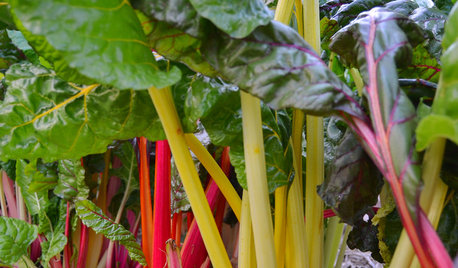
GARDENING GUIDESCool-Season Vegetables: How to Grow Chard
A year-round garden favorite with a colorful stem, Swiss chard comes into its own in early spring and in fall
Full Story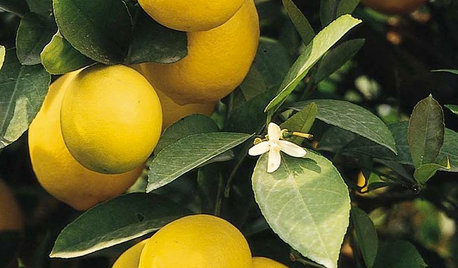
CALIFORNIA GARDENINGCalifornia Gardener's February Checklist
Celebrate 5 California classics: plants that defy winter with bright flowers, luscious fragrance and, for some, delicious taste
Full Story
GARDENING GUIDESEssential Watering Tips for Your Edible Garden
To give your edible plants just what they need, check out these guidelines for how, when and how much to water
Full Story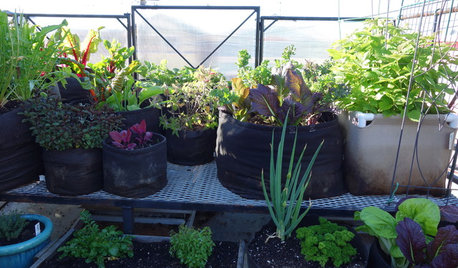
FARM YOUR YARDAn Urban Greenhouse Overflows With Edibles
Making meals just means stepping into the yard for a San Francisco couple who revamped an old orchid house
Full Story
FARM YOUR YARDHouzz Call: Home Farmers, Show Us Your Edible Gardens
We want to see where your tomatoes, summer squashes and beautiful berries are growing this summer
Full Story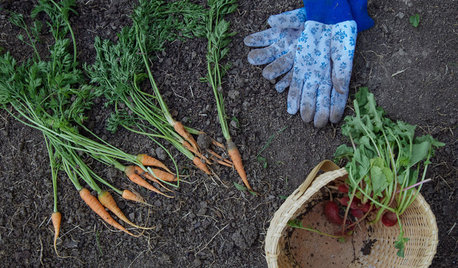
FARM YOUR YARDMy Houzz: Backyard Farming for a Kansas City Family
A backyard garden provides a family of 5 with organic seasonal produce. Here's how they do it
Full Story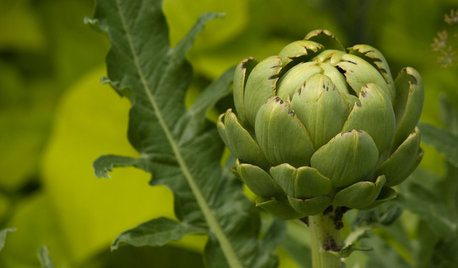
GARDENING GUIDESYour Garden Is Stirring — Here’s What to Do in February
February is a good time to start seeds, shape up shrubs and watch for the earliest blooms. Here’s what to do in your part of the U.S. now
Full Story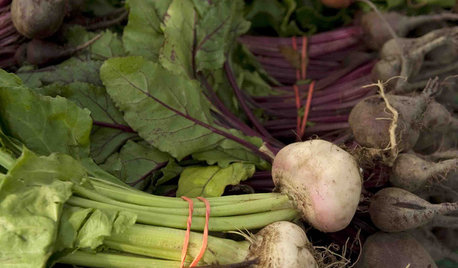
FARM YOUR YARDCool-Season Vegetables: How to Grow Beets
Give canned versions of this fall and spring garden favorite the heave-ho and discover its true flavor and colors
Full Story
FARM YOUR YARDIf You Have Room for Only One Summer Crop ...
Get an edible that’s long on flavor even if you’re short on space, with a long-time gardener’s favorite picks
Full Story
GARDENING GUIDES10 Easy Edibles for First-Time Gardeners
Focus on these beginner-friendly vegetables, herbs, beans and salad greens to start a home farm with little fuss
Full StoryMore Discussions







tumblingtomatoes
jll0306
Related Professionals
Forest Park Landscape Architects & Landscape Designers · Walnut Landscape Architects & Landscape Designers · Jackson Landscape Contractors · Pottstown Landscape Contractors · Annandale Landscape Contractors · Bergenfield Landscape Contractors · Chelmsford Landscape Contractors · Dudley Landscape Contractors · Fort Mill Landscape Contractors · Fort Myers Landscape Contractors · Fuquay-Varina Landscape Contractors · Long Beach Landscape Contractors · New Cassel Landscape Contractors · Reisterstown Landscape Contractors · Quincy Driveway Installation & Maintenancenaturegirl_2007 5B SW Michigan
west_texas_peg
pseudacris_crucifer
jll0306
P PODOriginal Author